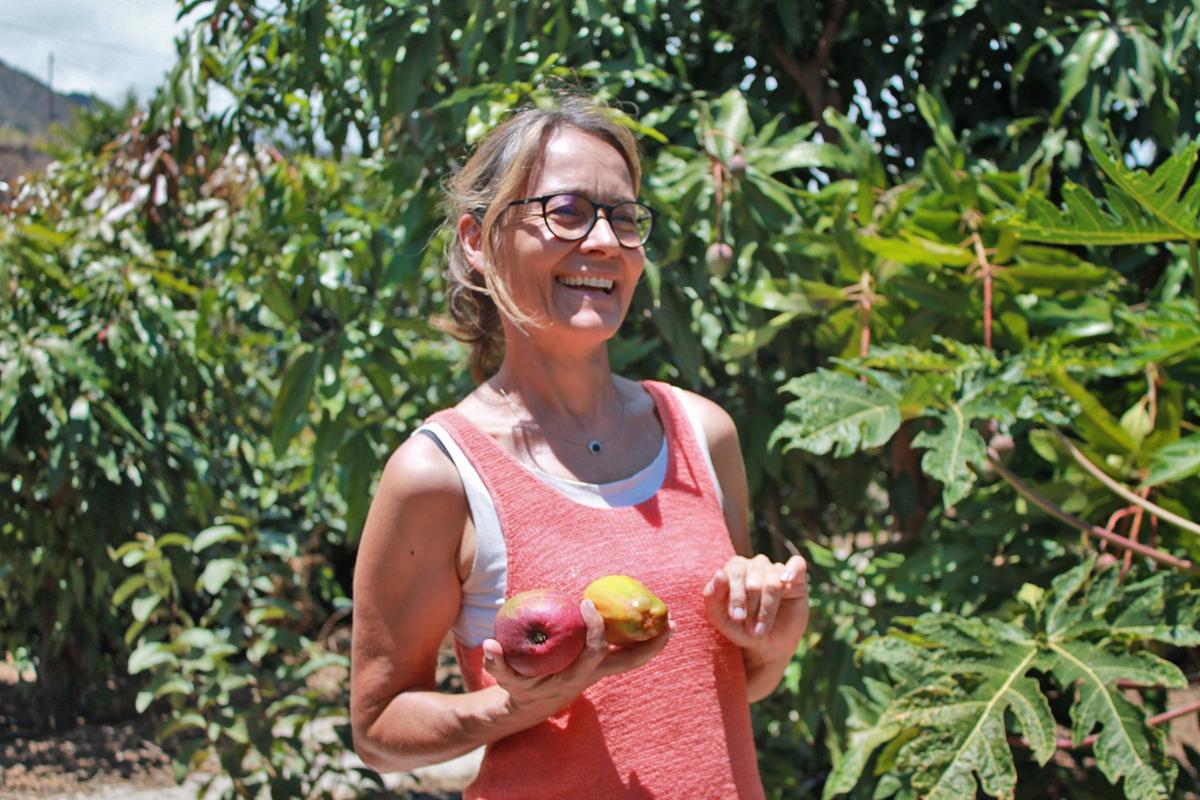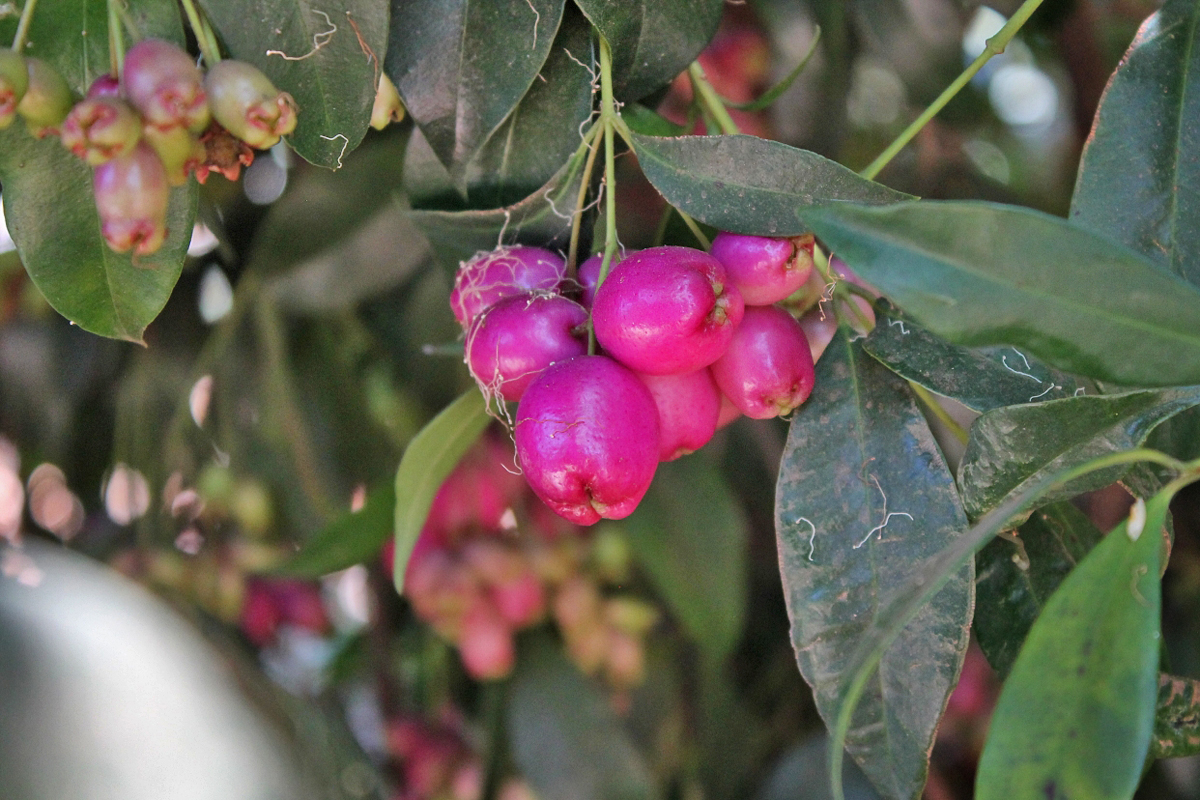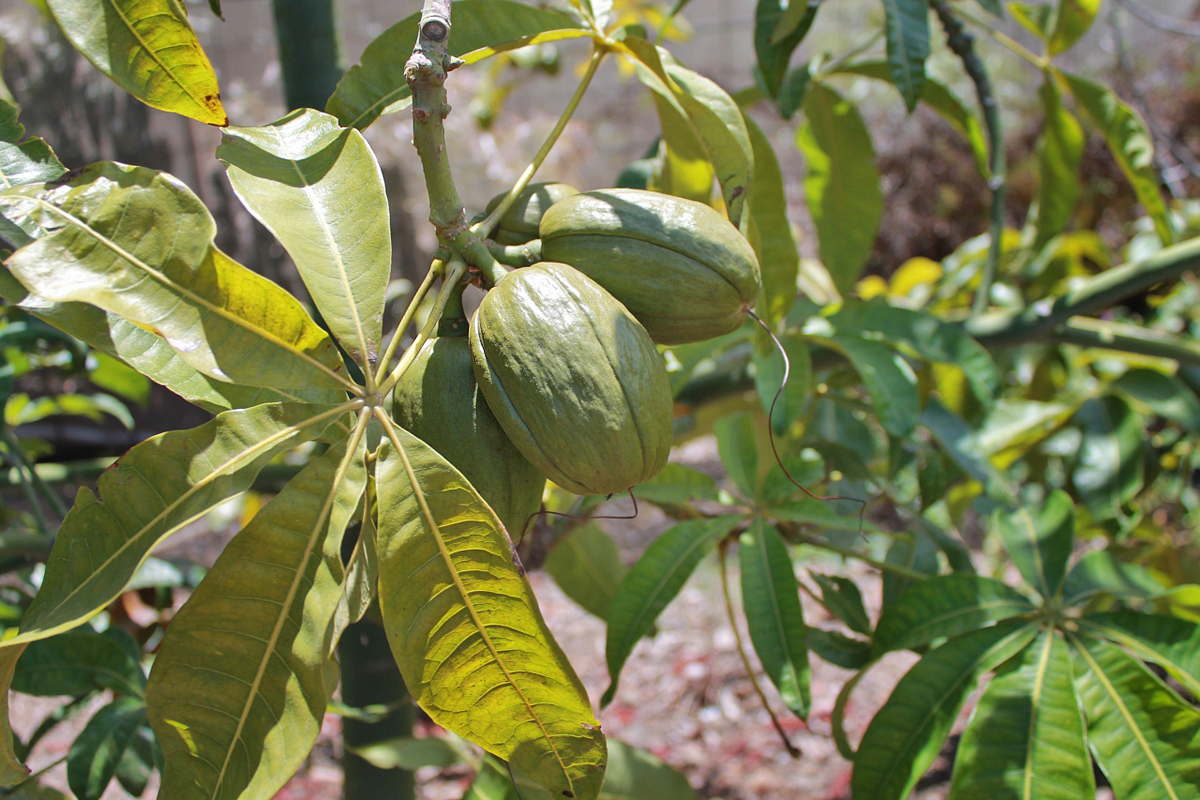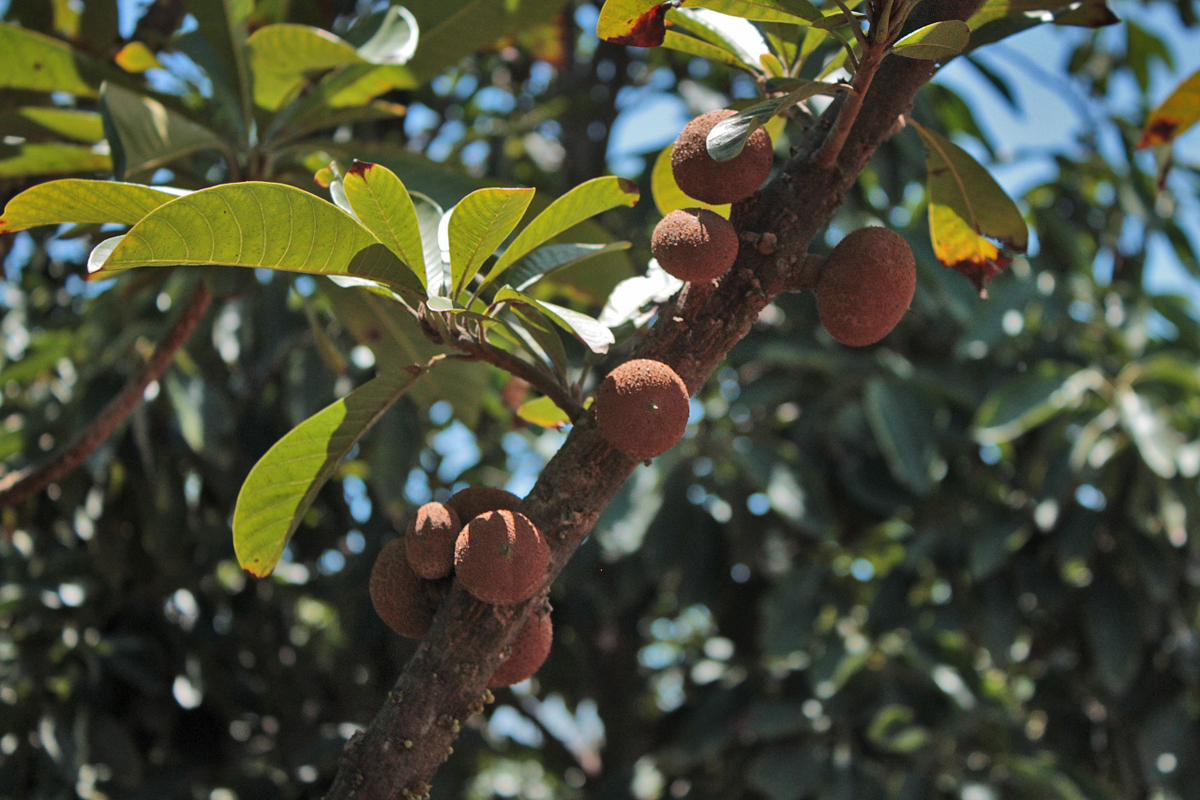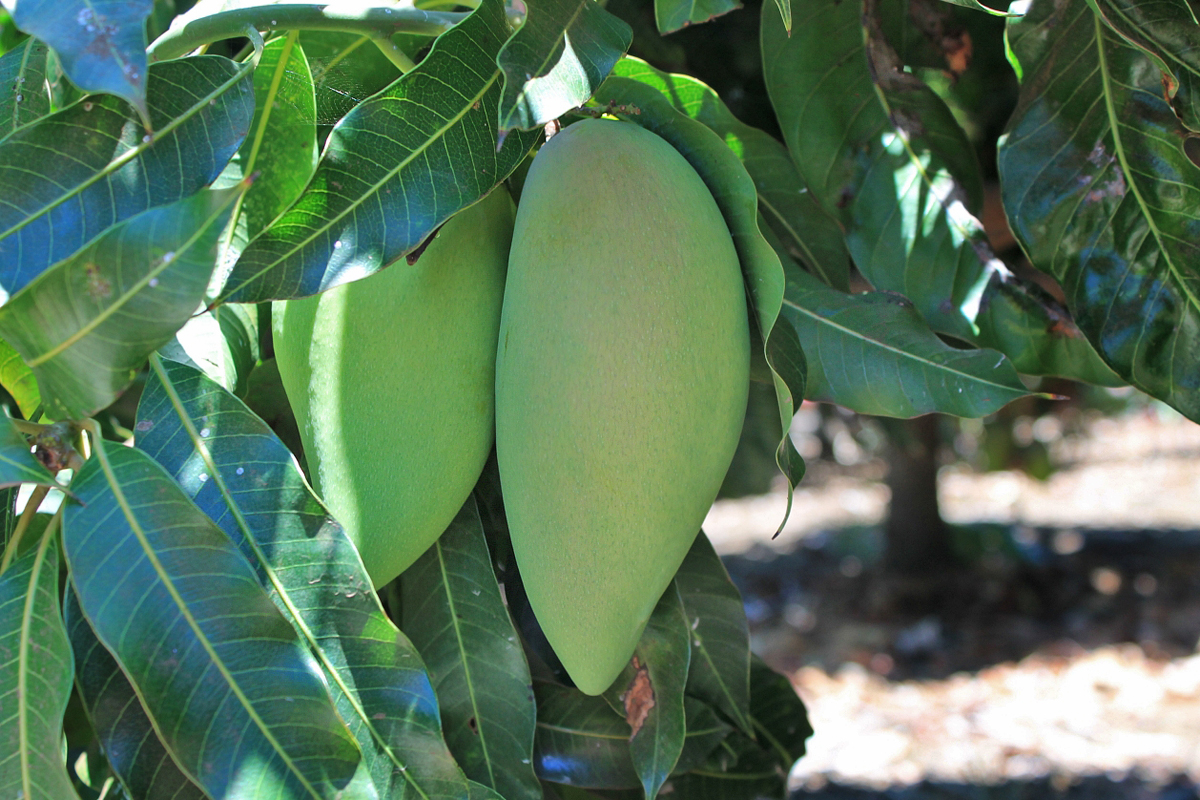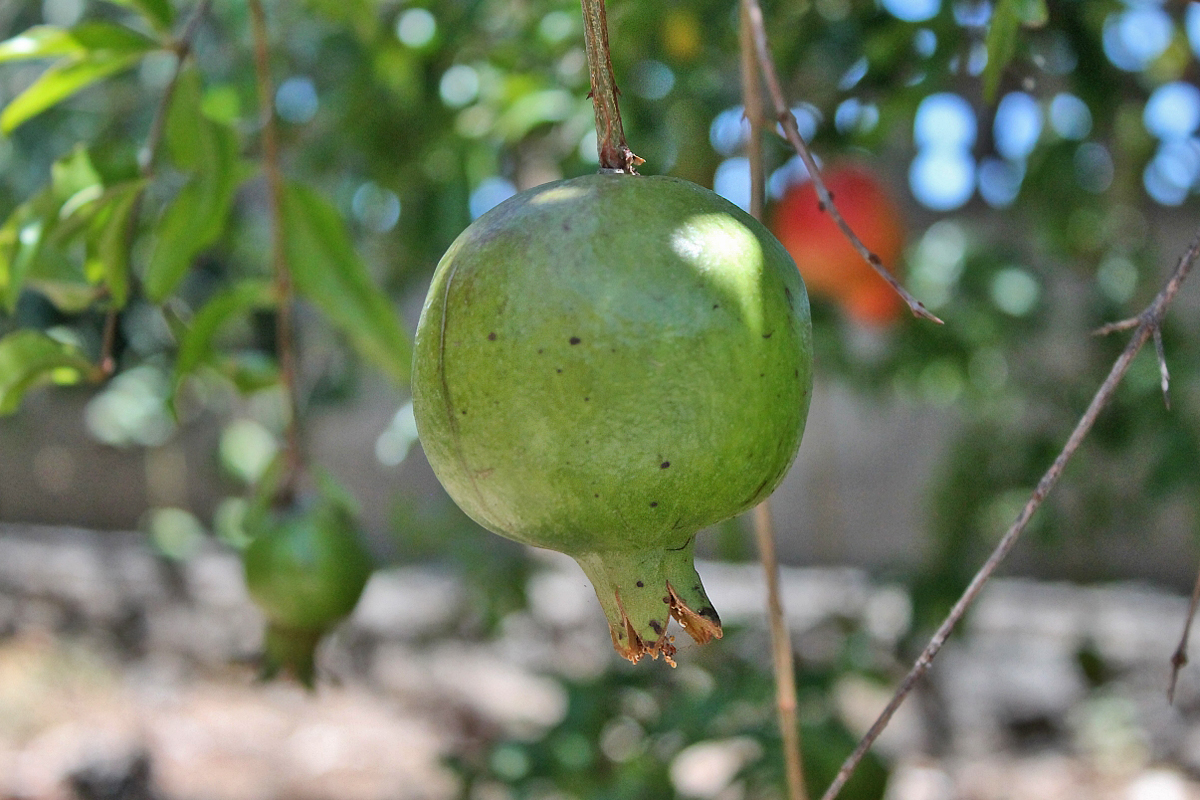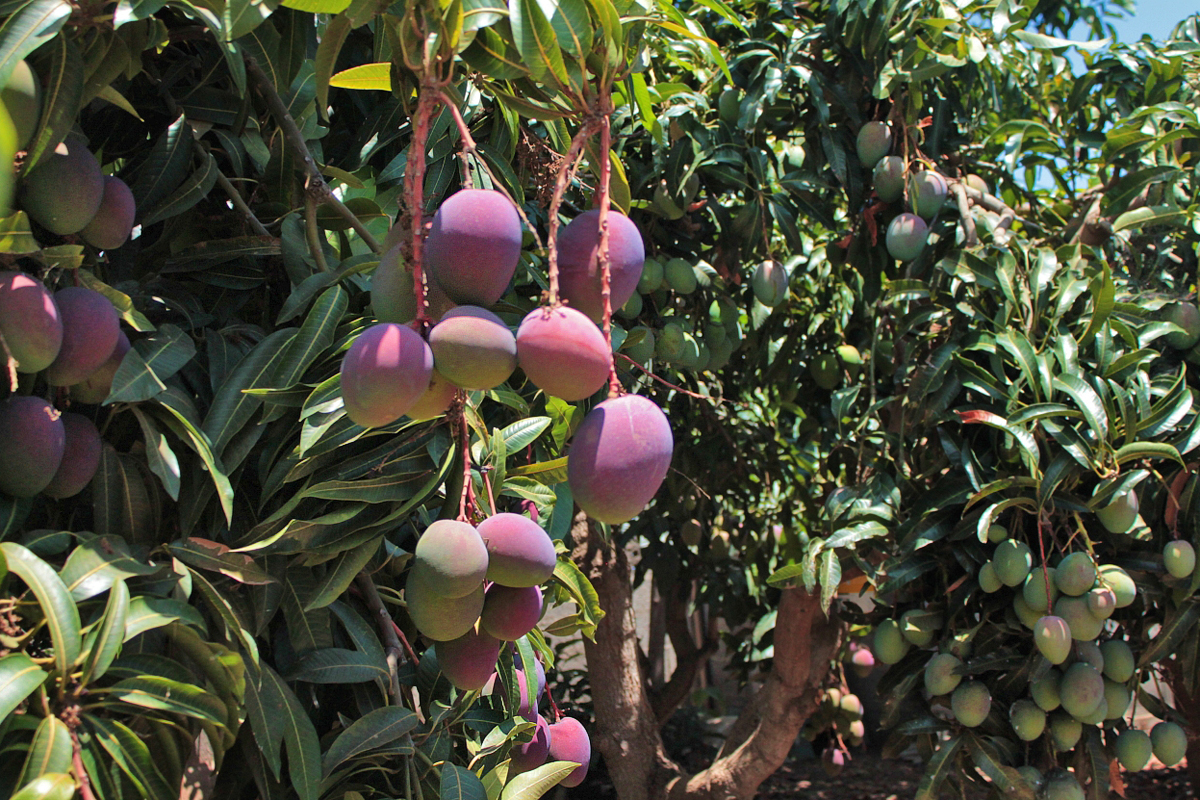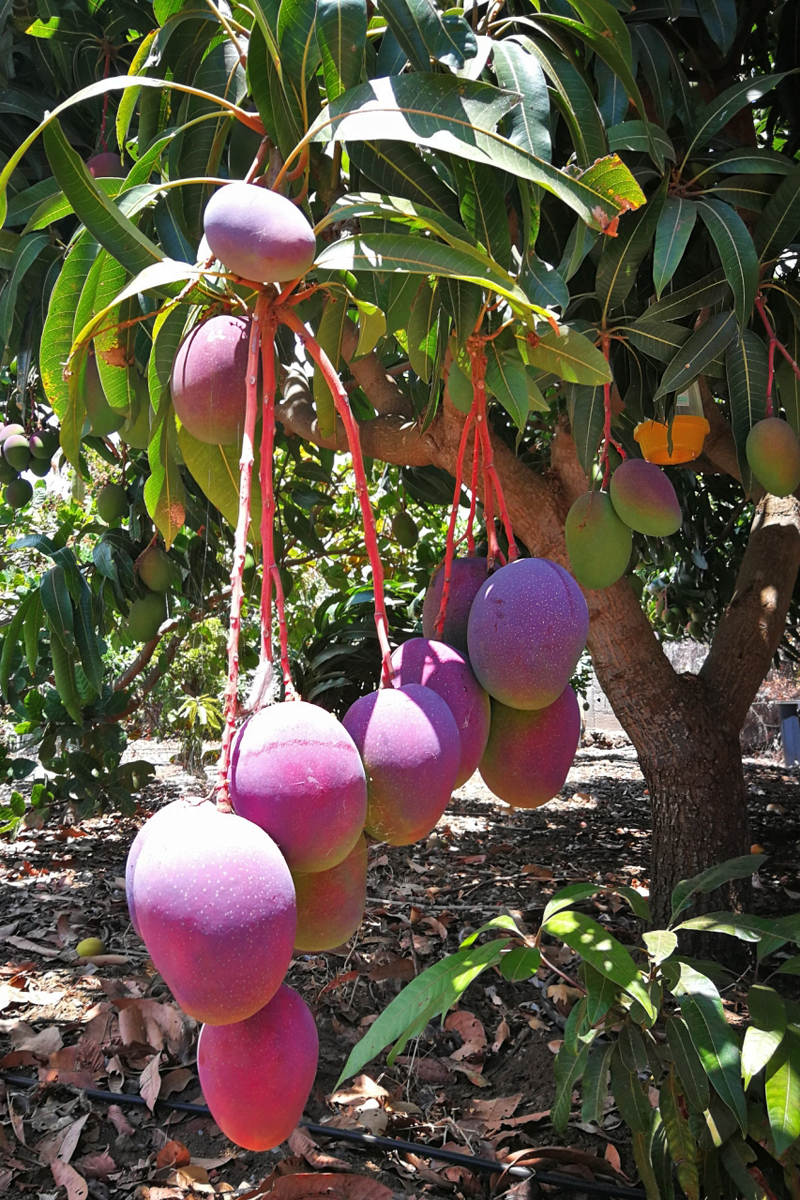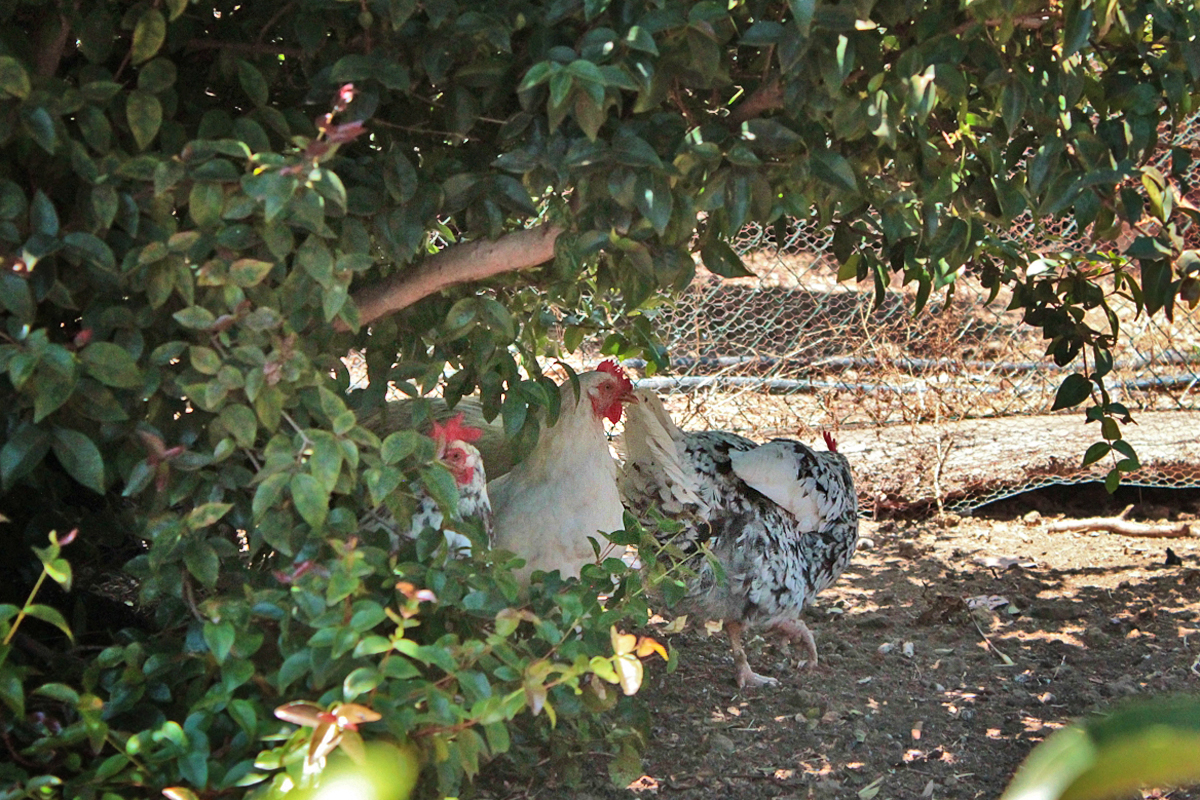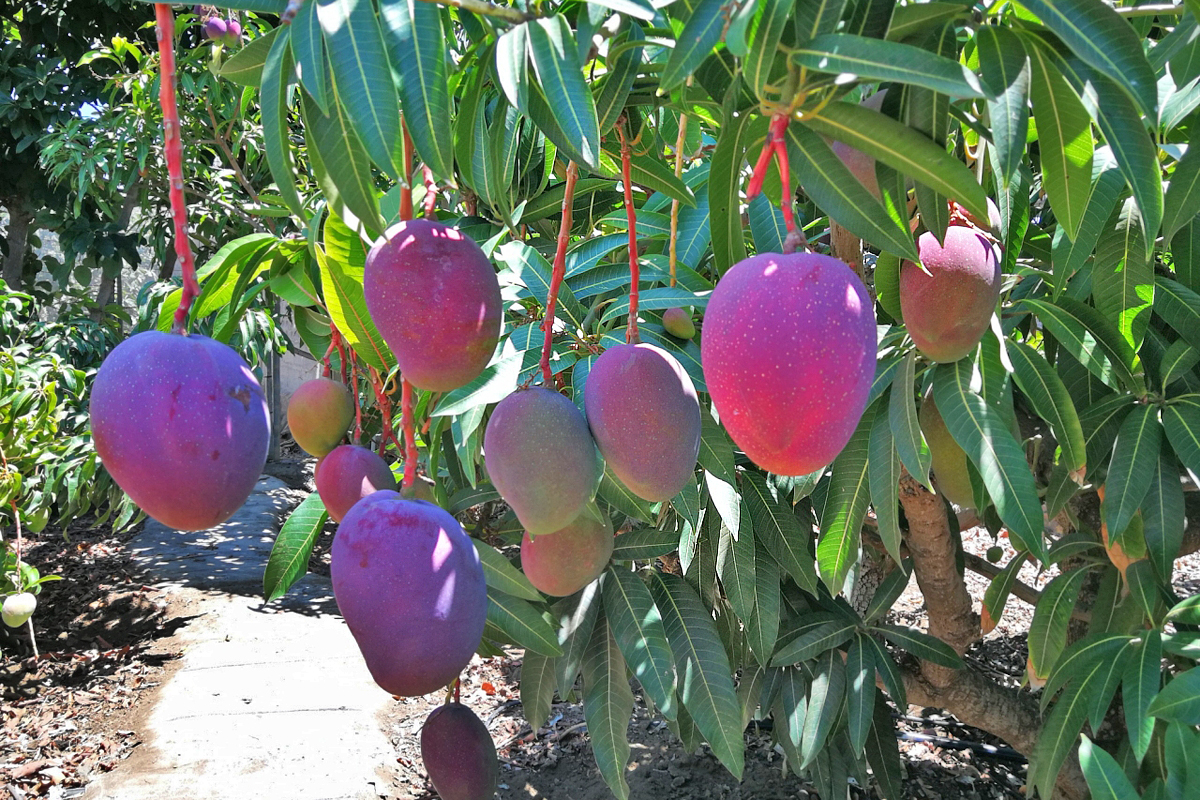-

-
We are specialists for your holidays in La Palma. With personalized assistance on-site.
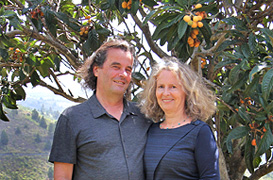
Ulrich & Evelyn Roth -
Our service numbers
Write e-mail+34 822 68 00 89
+49 7442 819 85 90
We're available from Monday to Friday from 10:00 a.m. to 6:00 p.m., and Saturdays from 10:00 a.m. to 1:00 p.m.
Biofinca Mangomania
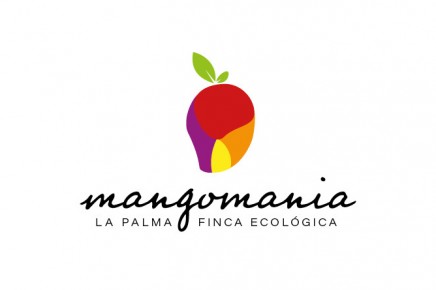
Mango variety and even more ...
From yellow to purple – Mangas from the Biofinca
Why mangas, and not mangos? Jeanette Göhner from Mangomania is happy to explain the subtle difference.
Mango is the original form of the tropical fruit. The Palmeros also call it "macho" (male). It is smaller and the flesh is quite fibrous. Manga is the name of the fruit of refined forms. It has firmer flesh, little or no fibres and is also called "hembra" (female). The aromatic taste varies from slightly resinous to sweet to very sweet, depending on the variety.
When Jeanette and her husband Alberto took over the finca in the south-east of the island more than 13 years ago, there happened to be three mango trees there. They were in very poor condition and the trigger for the beginning of Mangomania.
First, however, two-metre-high weeds had to be weeded out and a windbreak put in place. Then it was time to plant and learn. The two wanted to know everything about growing their favourite fruit.
The German-Spanish couple have become experts in pruning, grafting, pest prevention and control.
In the meantime, 17 selected Manga varieties grow on around 100 trees on their property. The three original trees of the finca also thank the good care and still give fruit. Only ripe mangas are harvested. Jeanette recognises them not only by their colour or firmness – she can feel it. Every day, she and Alberto go from tree to tree and pick only the ripe fruits. This is more time-consuming, but guarantees excellent quality.
The finca has grown
For the passionate manga fans, the finca is a hobby as a balance to their computer work.
They enjoy it, experiment with different manga varieties on the same tree and have also planted a wide variety of exotic trees. The subtropical climate on La Palma is ideal for plant diversity.
Monoculture and the use of poisons are out of the question for Jeanette and Alberto.
On their organic finca, the chickens diligently move the soil; a sheep and the chopped tree cuttings provide organic fertiliser; bottles with attractants hang in the trees against the dreaded fruit fly and sulphur is only added against mildew during the flowering season in spring.
The many small white or pink flowers smell a bit like lilies. It takes about three to six months for the fruits to form and ripen. They hang on a long stalk, which in some varieties has to support almost a kilo. Depending on the variety and the degree of ripeness, the skin of the mangas is light green, yellow, light pink, red or purple.
Demand is high and the yield of the family finca is between 1000 and 1500 kg.
Although the harvest time stretches from about September to December, the fruits of Mangomania are only available for five to six weeks a year in various organic shops or the farmers' market in San Pedro (Agromercado Breña Alta). In addition, they can be ordered or picked up by telephone arrangement.
Tour and fresh fruit directly at the finca
Not only during the mango season does Mangomania amaze visitors.
There are always exotic trees and unusual fruits to discover on the guided tours. The well-designed paths lead past papaya, lychee, macadamia nut, banana, sapote, pomegranate, guava and cashew, among others. A small tasting spoils and surprises the guests' palates. Jeanette has also set about making homemade jams and sauces, of course from her own fruit.
Guided tour of the finca (approx. 2 h) with small tasting session
Friday morning from 10:30 -12:30 or on request. Cost 15€ / pers.


